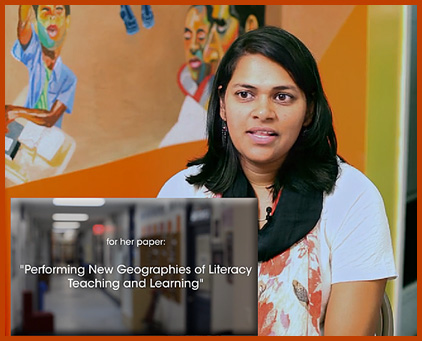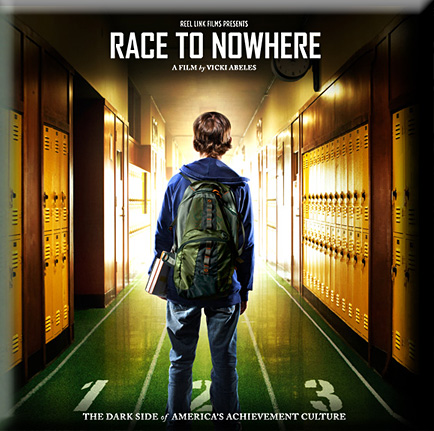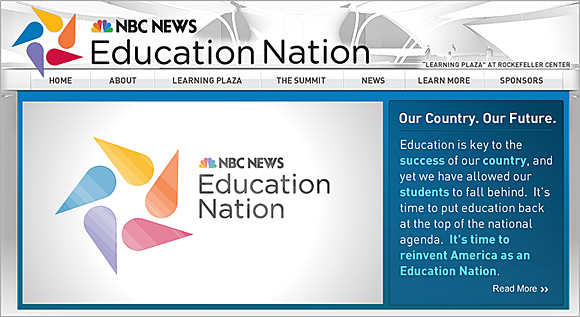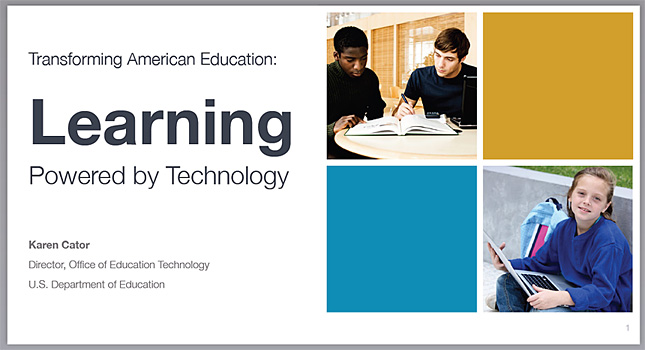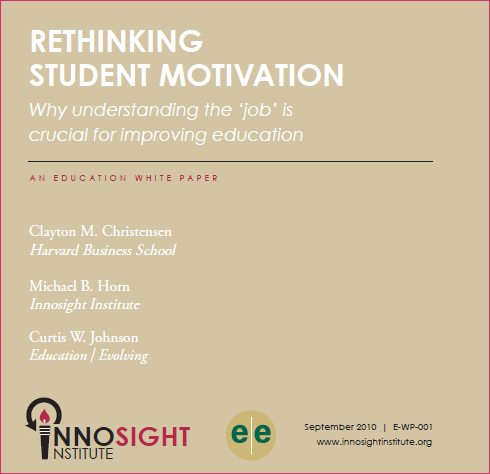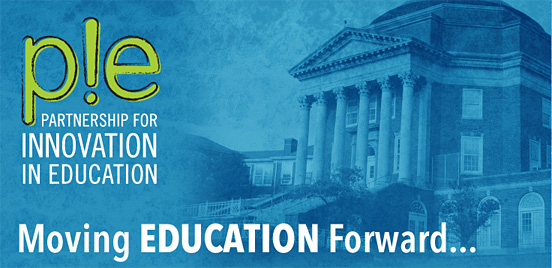Change Agent — from edweek.org by Anthony Rebora
Will Richardson, a former teacher-turned-tech expert, says schools need to revolutionize teaching and learning to keep pace with societal changes.

Will Richardson at work, speaking to faculty members at Hunterdon Central Regional High School in Flemington, N.J. — Emile Wamsteker
.
You’ve written that too many teachers are “un-Googleable.” What do you mean by that and why does it matter?
What I mean is that too few teachers have a visible presence on the Web. The primary reason this matters is that the kids in our classrooms are going to be Googled—they’re going to be searched for on the Web—over and over again. That’s just the reality of their lives, right? So they need models. They need to have adults who know what it means to have a strong and appropriate search portfolio—I call it the “G-portfolio.” But right now—and this is my ongoing refrain—there’s no one teaching them how to learn and share with these technologies. There’s no one teaching them about the nuances involved in creating a positive online footprint. It’s all about what not to do instead of what they should be doing.
The second thing is that, if you want to be part of an extended learning network or community, you have to be findable. And you have to participate in some way. The people I learn from on a day-to-day basis are Googleable. They’re findable, they have a presence, they’re participating, they’re transparent. That’s what makes them a part of my learning network. If you’re not out there—if you’re not transparent or findable in that way—I can’t learn with you.
Also mentioned:
- Blogs, Wikis, Podcasts, and Other Powerful Web Tools for Classrooms
(Corwin). Now in its third edition, the book has sold more than 60,000 copies and become one of the most influential books available on integrating Web 2.0 technology in the K-12 classroom. - Powerful Learning Practice
- His blog, Weblogg-ed









